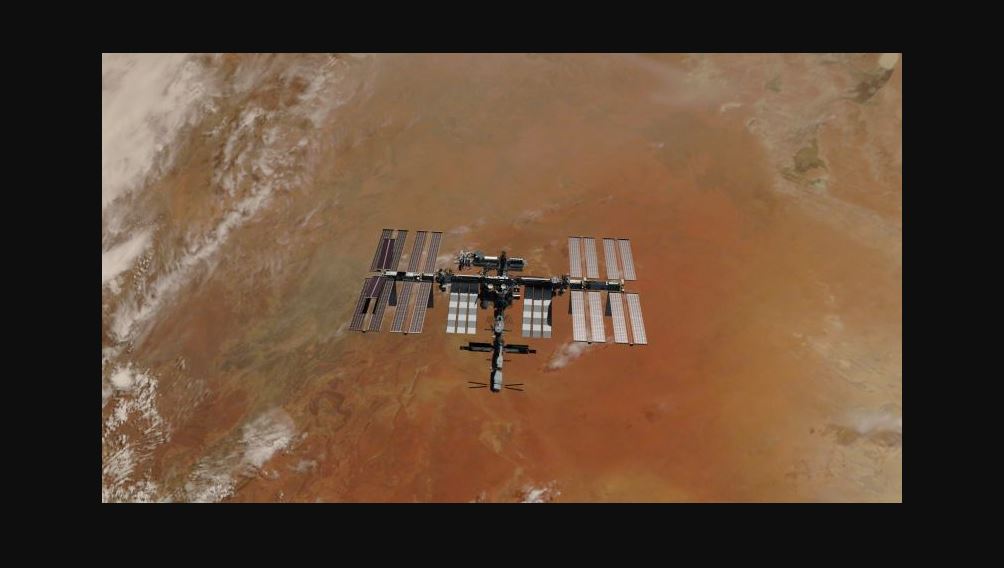New High-tech Device Enables NASA To Map Dust Storms From Space
A new high-tech device enables NASA to map dust storms from space as climate scientists use an instrument called the Earth Surface Mineral Dust Source Investigation (EMIT) around the world in order to understand the impact of dust storms on climate change.
Author:Hajra ShannonReviewer:Paula M. GrahamFeb 21, 2023123 Shares24.6K Views

A new high-tech device enables NASA to map dust storms from spaceas climate scientists use an instrument called the Earth Surface Mineral Dust Source Investigation (EMIT) around the world in order to understand the impact of dust storms on climate change. The first-of-its-kind, space-borne imaging spectrometer is attached to the International Space Station and will provide researchers with billions of data points to use in climate model predictions.
In addition to its impact on climate change and atmospheric composition, dust storms can have significant impacts on human health and economic livelihoods. Fine dust particles carried by dust storms can exacerbate respiratory and cardiovascular illnesses, especially in vulnerable populations such as children, the elderly, and those with preexisting medical conditions. Dust storms can also damage crops and livestock, disrupt transportation, and cause economic losses for affected communities.
One example of the economic impact of dust storms can be seen in the Middle East and North Africa region, where they are estimated to cost the economy $13 billion a year. In areas such as Sudan and West Africa, dust storms can also contribute to desertification and land degradation, making it more difficult for communities to sustain their livelihoods and exacerbating food insecurity.
With 5,000 data sets already delivered, each containing more than 1.4 million spectra, EMIT is proving to be an invaluable tool for NASA scientists in their efforts to map dust and soil composition around the world. EMIT has proven to be highly effective in mapping greenhouse gas emissions, particularly methane.
Methane, which has 80 times more warming power than carbon dioxide, has been difficult to track due to its dissipating nature. However, EMIT's unique imaging technology can pinpoint methane's "spectral fingerprint" and locate its sources with great precision.
The success of EMIT has exceeded expectations, with the instrument had already identified 50 "super-emitters" of methane across the globe, primarily from fossil fuel, waste, and agricultural facilities in countries such as the US, Iran, and Turkmenistan.
According to Robert Green, senior research scientist at NASA's Jet Propulsion Laboratory, the project's principal investigator, EMIT's performance has been remarkable, and the project is being extended beyond its initial 12-month mission. The information gathered from EMIT is expected to encourage countries to reduce their methane emissions, as this greenhouse gas has a relatively short lifespan and quick action can yield positive results in slowing climate change.
Natalie Mahowald, professor of Earth and Atmospheric Sciences at Cornell University, is optimistic about EMIT's future, saying that the project is only scratching the surface of its potential. The goal is to move from thousands of data sets to billions, with much higher resolution, which will provide tremendous help in the fight against climate change.
Conclusion
Given the complex and far-reaching impacts of dust storms, understanding their behavior and how they are influenced by climate change and human activity is crucial. The new data provided by EMIT can help improve climate models and inform policy decisions aimed at mitigating the impact of dust storms on human health and the environment. By shedding light on the mineral composition of dust and the factors contributing to its emissions, researchers can gain a more comprehensive understanding of the dynamics of this global phenomenon.
Jump to

Hajra Shannon
Author

Paula M. Graham
Reviewer
Latest Articles
Popular Articles
